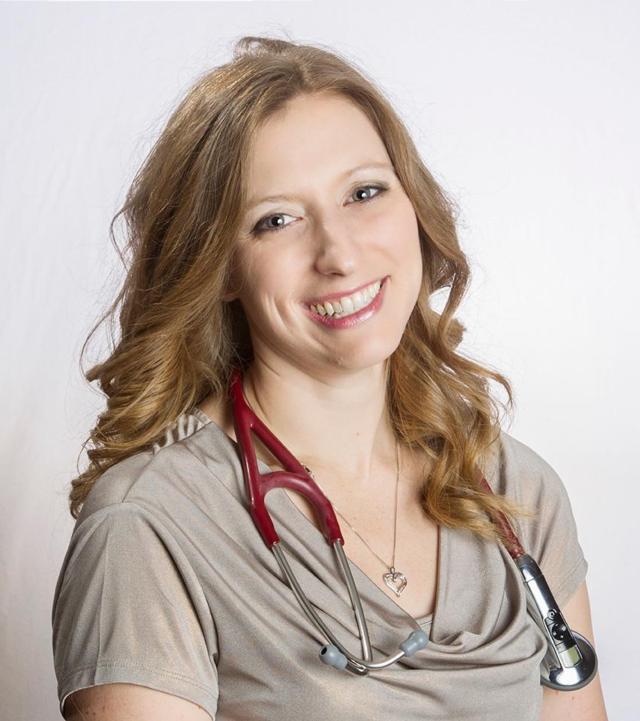There is more scientific evidence about breast cancer screening than any other cancer.
The mainstay of screening, mammograms are backed by several large scale trials proving that they decrease mortality.
Get The Latest News!
Don't miss our top stories and need-to-know news everyday in your inbox.
Breast cancer is the leading cause of cancer death in women. In 2010, there were over 1.6 million new cases of the disease worldwide (1). In 2011, for which the most recent statistics are available, 220,097 women were diagnosed with breast cancer and 40,931 died from it (2).
The good news is that the mortality (death) rate of the cancer has been on the decline thanks to available screening, early detection, and more effective treatment.
Some patients present to their doctor with a concern over a lump found in the breast and typically a mammogram is ordered at that time. However, the majority of breast cancers in the US are diagnosed after an abnormal screening mammogram.
The American Cancer Society [3], American College of Radiology [4], American Medical Association [5], the National Cancer Institute [6], the American College of Obstetricians and Gynecologists [7], and the National Comprehensive Cancer Network (NCCN) [8] recommend starting routine screening at age 40.
Depending on one's risk status, a patient may need annual or biennial (every two years) screening. For example, a patient with a first-degree relative of breast cancer will be at higher risk and thus, will likely require annual screening. The best discussion in that regard should be had with your health care provider.
There are two types of mammograms. The first, a screening mammogram, is performed on a routine basis for those patients with no symptoms. The other is a diagnostic mammogram and this is reserved for the patient with breast changes, lumps or an abnormal screening test.
Nearly all imaging centers have mammograms which are digital. Newer to mammography is tomosynthesis (pronounced toh-moh-SIN-thah-sis). This technological advancement creates a 3-dimensional picture of the breast. It takes multiple X-ray pictures of each breast from many angles.Then the information is sent to a computer, where a clear, highly focused 3D image of the breast is created. More facilities will likely have this for diagnostic mammograms in the future. Alton Memorial Hospital, Christian Northeast, and the other BJC facilities have digital tomosynthesis.
During a mammogram procedure the breast is compressed to even out the tissue to allow better X-ray penetration of the breast tissue. During a traditional screening mammogram there is a head-to-toe view and an angled side view of the breast. A diagnostic mammogram may include other views as well.
Ultrasound is commonly used in combination to examine a potentially abnormal breast lesion.
On the day of the mammogram patients are told to avoid deodorant, lotion and powder as that can interfere with obtaining accurate results.
Some patients experience minor discomfort with a mammogram when the breast is compressed. Malea Watson, Breast Health Navigator at Alton Memorial Hospital, explains that "some patients do note the intensity of the machine but it only lasts a couple seconds and then it is done."
Local mammogram facilities and numbers are as follows:
-Alton Memorial Hospital, (618)463-7750
-Alton Imaging Center, (618)465-4674
-Alton Multispecialist, (618)463-8530
-Anderson Hospital, Billhartz Cancer Center, (618)391-6820
-Gateway Regional Medical Center, (618)659-9520
-St. Anthony's hospital, (618)474-4604
The Centers for Disease Control and Prevention (CDC) also has information on finding a local mammogram provider. Click on http://www.cdc.gov/cancer/nbccedp/screenings.htm for access.
You can also find out if you qualify for a free mammogram screening through the National Breast and Cervical Cancer Early Detection Program (NBCCEDP) at http://nccd.cdc.gov/dcpc_Programs/default.aspx?NPID=1&PID=24 . Watson adds, "most of the health departments in the area have free mammograms and pap screenings available for those with no insurance. But it is in the woman's best interest to have a physician so the report can be followed should there be a problem."
Michele Brannan is a certified Physician Assistant of Internal Medicine and has been in practice in the Riverbend area for 10 years.
The health information provided herein is not intended to replace the advice or discussion with a healthcare provider and is for educational purposes only. Before making any decisions regarding your health, speak with your healthcare provider.
- Jemal A, Bray F, Center MM, et al. Global cancer statistics. CA Cancer J Clin 2011; 61:69.
- Centers for Disease Control and Prevention, Breast Cancer statistics http://www.cdc.gov/cancer/breast/statistics/
- Smith RA, Cokkinides V, Brawley OW. Cancer screening in the United States, 2009: a review of current American Cancer Society guidelines and issues in cancer screening. CA Cancer J Clin 2009; 59:27.
- Lee CH, Dershaw DD, Kopans D, et al. Breast cancer screening with imaging: recommendations from the Society of Breast Imaging and the ACR on the use of mammography, breast MRI, breast ultrasound, and other technologies for the detection of clinically occult breast cancer. J Am Coll Radiol 2010; 7:18
- American Medical Association, AMA adopts new policies at annual meeting http://www.ama-assn.org/ama/pub/news/news/2012-06-19-ama-adopts-new-policies.page
- National Cancer Institue, Breast Cancer Screening cancer.gov/cancertopics/pdq/screening/breast/HealthProfessional/page2
- American College of Obstetricians-Gynecologists. Practice bulletin no. 122: Breast cancer screening. Obstet Gynecol 2011; 118:372.
- Bevers TB, Anderson BO, Bonaccio E, et al. NCCN clinical practice guidelines in oncology: breast cancer screening and diagnosis. J Natl Compr Canc Netw 2009; 7:1060.
More like this:

